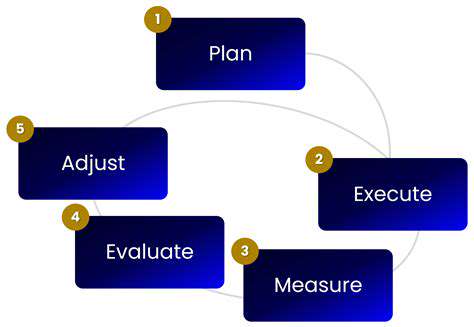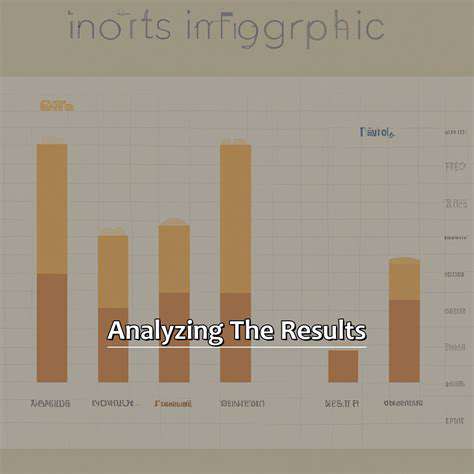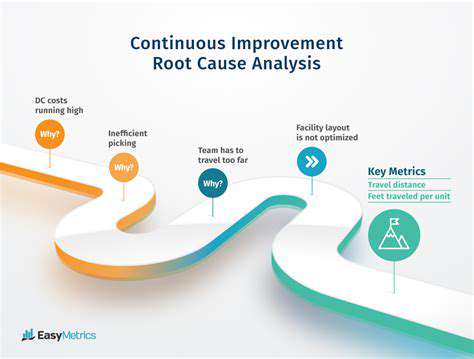First Touch vs Last Touch Attribution: Which to Choose?
Last-Touch Attribution: The Final Push
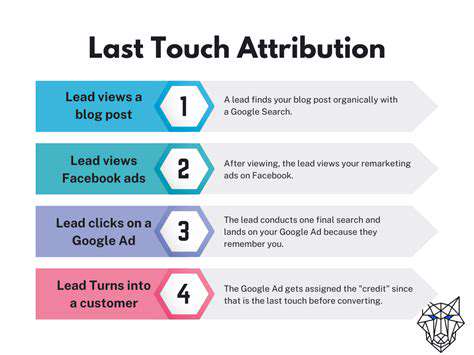
Understanding Last-Touch Attribution
Last-touch attribution is a marketing attribution model that credits the final touchpoint in a customer's journey with the conversion. This means the ad, social media post, or website visit immediately preceding the sale is deemed the most influential. This method, while seemingly straightforward, can have significant limitations and potential biases that marketers need to carefully consider.
While seemingly simple, it's important to understand that last-touch attribution often overlooks the crucial role of earlier interactions. These earlier interactions, such as initial brand awareness campaigns or informative blog posts, might have laid the groundwork for the eventual purchase, making the last-touch attribution model potentially inaccurate.
Limitations of Last-Touch Attribution
A significant drawback of last-touch attribution is its tendency to oversimplify complex customer journeys. Real-world purchasing decisions are rarely as linear as this model suggests. Customers often engage with various touchpoints across different channels, and a single click or interaction isn't always the sole reason for a purchase.
Ignoring the cumulative effect of prior interactions can lead to a skewed understanding of campaign effectiveness. This can result in misallocating marketing budgets and neglecting channels that may be significantly contributing to the overall customer journey, but only indirectly.
Alternative Attribution Models
Recognizing the limitations of last-touch attribution, marketers are increasingly adopting more sophisticated attribution models. These models consider the entire customer journey, acknowledging the multifaceted nature of how customers interact with brands and products before making a purchase decision. These models can provide a more comprehensive and accurate picture of campaign performance.
Models like multi-touch attribution (MTA) and linear attribution aim to give credit to all relevant touchpoints, distributing the credit based on the weight of each interaction's influence on the conversion. This more holistic view allows for a more accurate evaluation of campaign effectiveness and better resource allocation.
Best Practices for Using Last-Touch Attribution
Despite its limitations, last-touch attribution can still be a valuable tool when used strategically. Marketers can use it to identify high-performing channels and optimize campaigns that drive conversions most effectively. This approach can provide a quick snapshot of which final touchpoints lead to conversions.
Combining last-touch attribution with other models, like multi-touch attribution, offers a more balanced perspective. This allows marketers to gain insights into the entire customer journey and assess the impact of various touchpoints in a more comprehensive manner. Ultimately, a balanced approach yields the most accurate and valuable data for informed decision-making.
Beyond the Binary: A Holistic Approach
Understanding the Limitations of Binary Attribution
Traditional attribution models often fall into the trap of binary thinking, focusing solely on the last or first touchpoint in a customer journey. This simplistic approach overlooks the crucial role of multiple interactions, potentially misrepresenting the true impact of marketing efforts. Analyzing data through a purely binary lens often leads to inaccurate conclusions about campaign effectiveness and ROI. For example, a customer might discover a product through an initial social media post (first touch), but ultimately make their purchase after seeing a targeted ad on a website (last touch). Ignoring the initial awareness stage can lead to underestimating the value of the social media campaign.
Moreover, a purely first-touch or last-touch attribution model fails to acknowledge the cumulative effect of marketing activities. A customer might be exposed to various brand touchpoints across different channels – email, social media, search engine results – before finally converting. Each interaction, regardless of its position in the journey, contributes to the overall customer experience and ultimately influences their decision-making process. A holistic approach is crucial to understand the complete picture and make data-driven decisions.
Embracing a Holistic Attribution Strategy
A holistic attribution model moves beyond the limitations of binary approaches by acknowledging the interconnectedness of all touchpoints in the customer journey. This approach considers the influence of every interaction, recognizing that each touchpoint plays a role in shaping the customer's perception of the brand and driving them towards a conversion. By incorporating a wider range of factors, like the time elapsed between touchpoints, the type of interaction, and the customer's engagement level, a more accurate and comprehensive picture of campaign performance can be achieved. This nuanced perspective allows for a more accurate assessment of the value of each touchpoint and helps marketers to allocate resources more effectively.
By employing a holistic approach, marketers can identify the most impactful touchpoints and refine their strategies accordingly. For instance, if a particular channel proves highly effective in generating initial awareness, a holistic model can highlight this, allowing for greater investment in similar strategies. Similarly, understanding how different touchpoints influence conversion rates allows for targeted optimization of each stage of the customer journey. This ensures that all marketing activities are working in harmony to drive the desired outcome, rather than being treated as isolated events.
This nuanced understanding provides the foundation for more effective future marketing campaigns, enabling proactive adjustments to optimize budget allocation and maximize return on investment. A holistic approach fosters a more comprehensive understanding of how customers engage with a brand, fostering stronger customer relationships and driving long-term loyalty. By considering the influence of every touchpoint, marketers can gain a more accurate picture of campaign effectiveness and make data-driven decisions that ultimately lead to improved business outcomes.
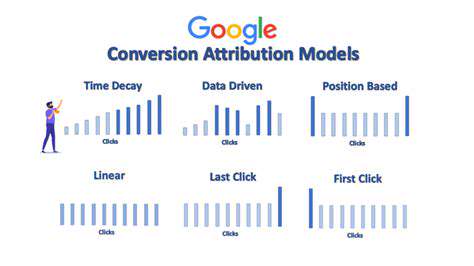
Read more about First Touch vs Last Touch Attribution: Which to Choose?
Hot Recommendations
- Personalizing Email Content with User Behavior
- Geofencing for Event Attendance Tracking
- Reputation Management on Social Media
- UGC Beyond Photos: Videos, Testimonials, and More
- The Future of Data Privacy Regulations
- Accelerated Mobile Pages (AMP) Benefits and Implementation
- The Future of CRM: AI and Voice Integration
- Google Ads Smart Bidding Strategies: Maximize Value
- Common A/B Testing Pitfalls to Avoid
- Local SEO Strategies for Small Businesses
